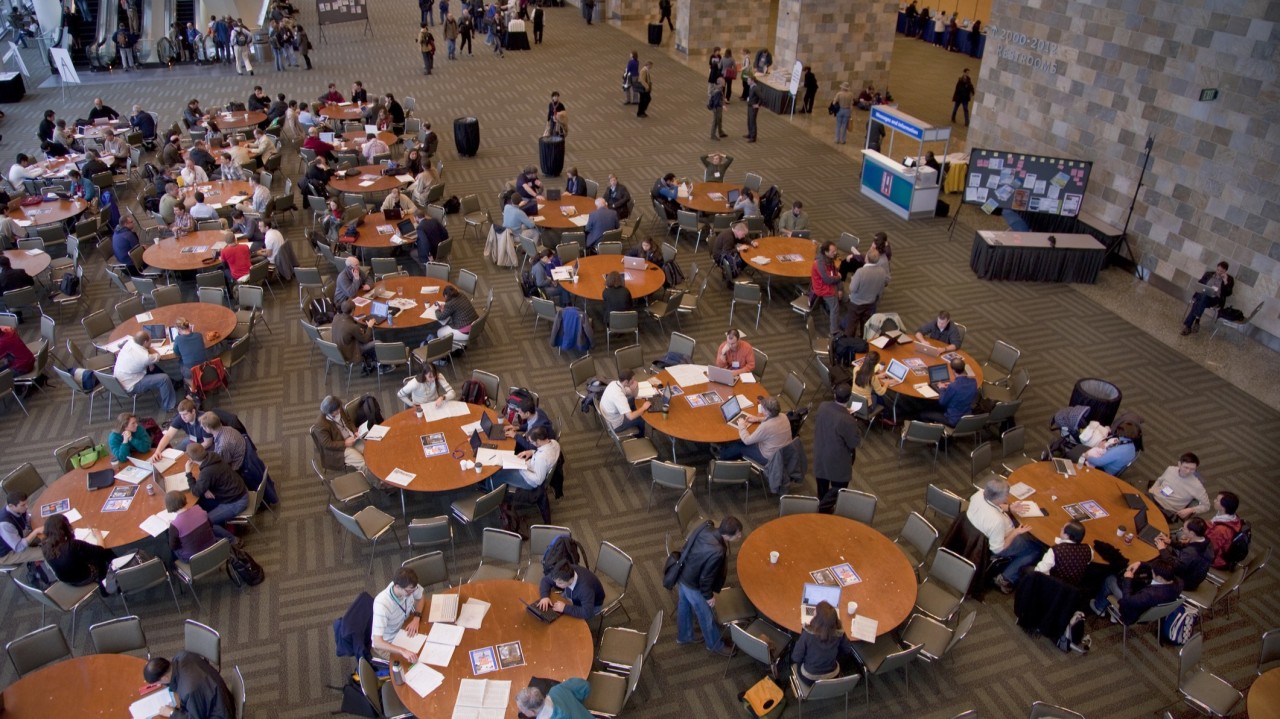When I work with clients on strengthening their communication effectiveness, I’m often asked, “How can I make these new tools come more naturally?”
I assure them that when they carve out time to practice they are creating ‘muscle memory’. Muscle memory is something we often take for granted, yet it’s there and if harnessed, we can use it anytime to project confidence in doing any task. Obvious examples include putting your car key into the ignition, zipping a jacket, brushing our teeth. Any habit repeated dozens or hundreds of times creates muscle memory.
 This muscle memory comes in a 3 part process: Level 1 is self awareness: “What am I doing that is working well and what areas do I need to develop?” This is often the most challenging part of a learning process. If unsure, ask people you trust what they feel you do well and could strengthen.
This muscle memory comes in a 3 part process: Level 1 is self awareness: “What am I doing that is working well and what areas do I need to develop?” This is often the most challenging part of a learning process. If unsure, ask people you trust what they feel you do well and could strengthen.
Level 2 is being brave enough to try new tools and techniques. I love the quote, “The mind is like a parachute, it only works when it’s open.” Once your mind is open to trying and thinking in new ways, you are ready to learn helpful new tools and techniques. Just like fashion, communication tools go in and out of style. My passion as an Executive Communication Coach is watching clients as they try structuring or using a purposeful gesture in a new way. Our level of credibility as a speaker is often assessed by the confident, concise way in which our message is delivered, verbally and non-verbally.
Level 3: Practice! Practice! Practice! Muscle memory happens when a skill is practiced multiple times. Get yourself motivated by carving time out on your calendar dedicated to practice. Consider capturing yourself on your device of choice and watching it. Get feedback from others. The more you try a skill, the more you customize it to your own style. The end goal is that you will be able to seamlessly deliver your message in a way that looks and feels natural to your listeners.
Proving you have the ability to take your own communication to the next level is wonderfully empowering!




